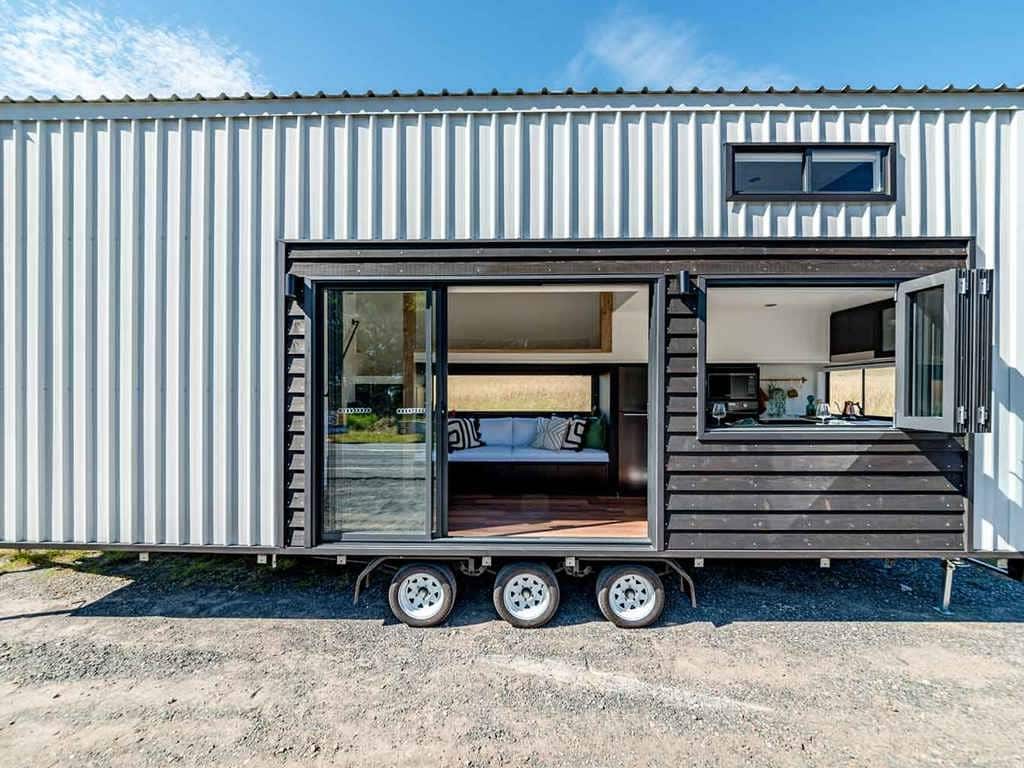Getting Lean to stick and changing a company culture are often the main reasons why TXM is contacted by companies that have already been exposed to Lean. “We’ve tried it before” is an all too common comment. But why is Lean so hard to implement and get to stick, sustaining it into the future?
“Doing Lean” in your company isn’t a once off activity, like installing a machine. It’s not a process that once it’s “done” that it is static forever. The Lean philosophy contains many simple tools and when all of thees tools are fitted together, like a jigsaw to create your production system, it becomes a complex array of people, processes, machines and materials.
As Steven Pressfield points out in “Do the Work” our human nature is pulling us back; our inbuilt inertia, along with gravity and friction are all trying to stop us from moving and progressing. Even getting started on thinking about trying to implement Lean is a huge leap forward. Once these initial steps are taken and others are engaged and implementation picks up pace, our progress gains momentum. But like any momentum, it can only be continued for so long until another injection of energy is needed to continue.
The challenge with Lean is that is competes with all of the other factors in your business; your time, your resources. And it is easy to think that once Lean is “done” that we can shift our focus to the next crisis. But our lean processes need constant reenergising; adding a little more momentum so that it continues to progress and grow and bring others along with it.
So rather that worry about how to get lean to stick across your company, ask yourself what will you do EVERY DAY to add energy to your Lean endeavours. How can you ensure that EVERY ONE across the company is also doing the same – adding energy; completing a small task, reflecting on a standard, looking for a root cause, checking their understanding of a process.
Then your Lean process will flourish. And remember If you aren’t improving, then you are going backwards.







